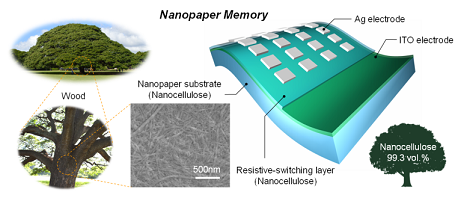
Kazuki Nagashima
IMCE Kyushu University, Japan
Title: Nanocellulose based flexible, environment-friendly nonvolatile resistive switching memory
Biography
Biography: Kazuki Nagashima
Abstract
Recent rapid development in flexible electronics gives us opportunities for low cost wearable IoT applications, which offers the real time monitoring of individuals’ health status in daily life by taking the information from human body and transferring them from device to device through internet. Although the data should be continuously transferred between devices for realizing real time monitoring, they cannot be obtained if the target human stays under the non-internet environment. In this regard, light-weight, flexible, single-use and disposable nonvolatile memory devices are strongly desired for wearable IoT technology to store the data temporarily even when the target stays under non-internet environment, and to waste them when they finish the role. However, conventional memory devices are not flexible enough and not disposable since they are mostly made of non-renewable, non-biodegradable semiconductor materials and some toxic materials, causing a serious damage for ecological system when they are emitted to environment. Here we demonstrate nanocellulose based flexible and disposable nonvolatile memory. Nanocellulose is renewable and the most abundant biomass on earth, and has outstanding properties including high tensile strength and low thermal expansion coefficient. We first successfully realized the ultra-flexible resistive nonvolatile memory using Ag-decorated nanocellulose paper. The Ag-decorated nanocellulose paper showed the stable nonvolatile memory effects with 6 orders of ON/OFF resistance ratio. The memory performance of nanocellulose paper can be maintained without degradation when being bent down to the radius of 350 mm, which is the smallest value compared to those of existing flexible nonvolatile memories. Second we constructed an environment-friendly, disposable nonvolatile memory device composed of 99.3 vol.% nanocellulose. The device exhibited the biodegradability, which was confirmed by burying it into the natural soil for 26 days. Thus the present device using abundant and mechanically flexible nanocellulose paper offers a highly flexible nonvolatile memory for wearable IoT applications.



